Objectives

1) Assess the environmental variability in coastal areas and natural CO2 vents on a long-term basis
4Oceans measures key environmental parameters, including temperature, pH, and photosynthetically active radiation (PAR). The calibration of pH sensors is performed using spectrophotometric determinations. Dissolved inorganic carbon and total alkalinity are measured and used to calculate other parameters of the carbonate system. 4Oceans benefits from the long-term time series of hydrological parameters to characterize the physical and chemical structure of the water column in Villefranche-sur-Mer, named as “Point B” (www.somlit.fr/villefranche). This historical series started in 1957 and since then, weekly oceanographic data has been collected at different depths. In addition, temperature loggers are set along the water column (5 to 40 m depth) to establish thermal profiles, to quantify anomalies and marine heatwaves. The temperature data is integrated into the T-MedNet observation network (www.t-mednet.org).
High precision pH sensor
in the Bay of Villefranche
High precision pH sensors
in Ischia (Italy)
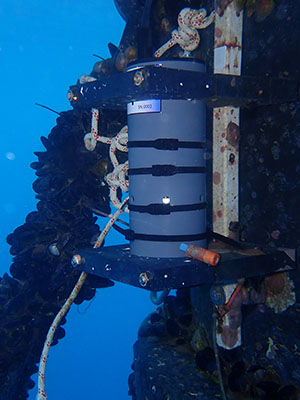
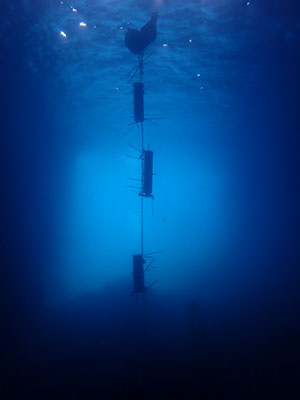
Temperature data loggers
Photosynthetically active radiation
data loggers
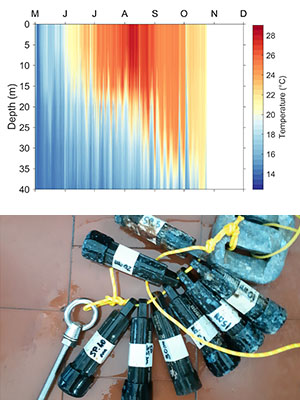
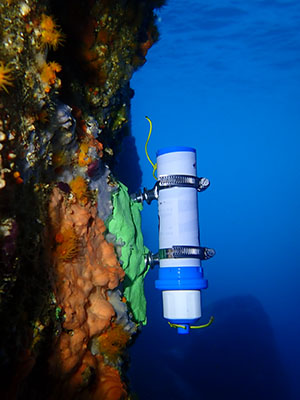
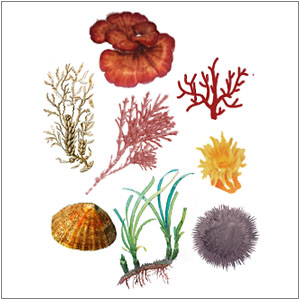
2) Quantify resilience and ecosystem shifts in response to marine heatwaves and ocean acidification
We are interested in improving our understanding of the emergent effects of marine heatwaves and ocean acidification. We use a functional-trait approach to quantify different components of functional diversity of benthic marine assemblages. Functional traits are defined as those traits that directly influence an organism’s performance. Examples include growth forms, solitary vs. colonial life histories, seasonality, size ranges, feeding characteristics, presence or absence of calcareous skeletons. Specifically, we sought to answer the following main questions:
1) How biodiversity & functioning respond to marine heatwaves & ocean acidification?;
2) Which critical functions of species are most at risk?;
3) Is functional diversity buffered by functional redundancy?
Biodiversity loss (taxonomic and functional)
along the pH gradient
Intersection of the three functional volumes
among pH zones
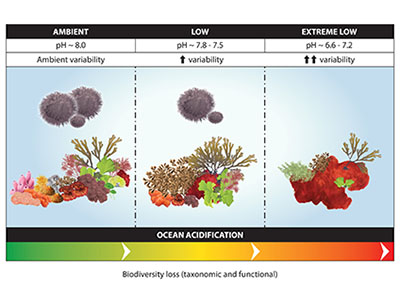
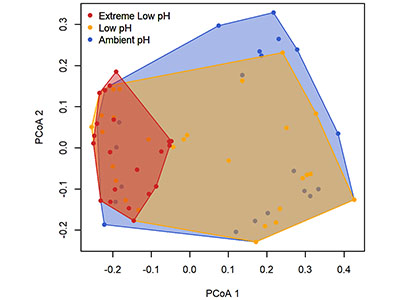

3) Identify extreme climatic environments and the mechanisms that confer species’ tolerance
Despite large-scale climate and oceanographic extremes, high local variation in physical and chemical ocean properties can create microhabitats that are potential locations for climate-adapted populations. Corals are of particular concern because they are produced by the accumulation of calcium carbonate. Coral calcification is expected to decrease as seawater acidity increases. Corals create habitats for many species, enhancing biodiversity, playing fundamental ecological roles and sustaining ecosystem processes and services such as fisheries, coastal protection and tourism. We focus on two Mediterranean corals of great conservation relevance: the zooxanthellate species Cladocora caespitosa and the non-zooxanthellate species Astroides calycularis. Specifically, we address the following questions:
1) How species will resist escalating marine heatwaves and ocean acidification?;
2) Can we identify population that may be more tolerant to warming and ocean acidification?
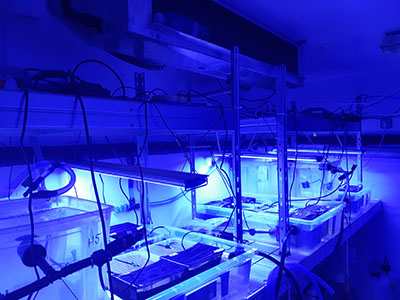
Astroides calycularis
Cladocora caespitosa
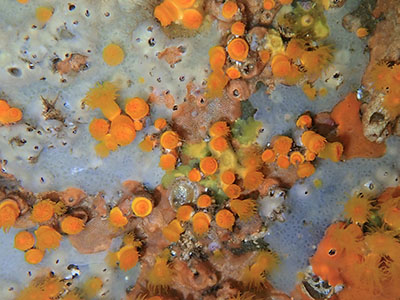
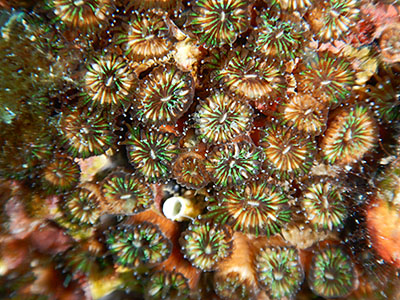
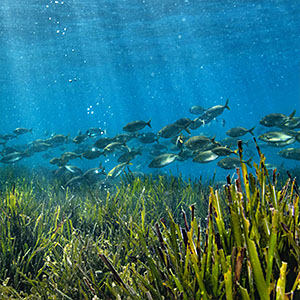
4) Develop ocean-based activities to attenuate ocean acidification
Marine macrophytes (e.g. seagrasses, macroalgae)
The only comprehensive solution to climate change and ocean acidification is to rapidly decrease anthropogenic emissions of CO2 and other greenhouse gases to the atmosphere (GHGs) (e.g. mitigation) and enhance the sinks of CO2 and the GHGs to avoid the impacts in the long term. We endeavor to do science that can contribute to assess the potential and capacity of marine macrophytes to act as biogenic refugia against ocean acidification. To this end, we evaluate the level and potential of pH buffering of selected macrophytes, which can help to local mitigate ocean acidification by short- (e.g. local modification of pH through net photosynthesis) and long-term (e.g. carbon sequestration) removal of CO2.
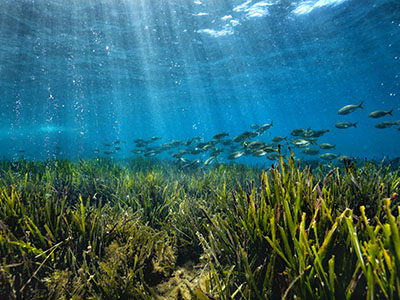
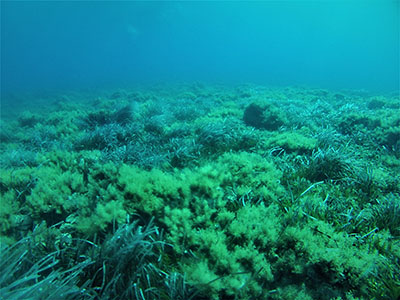

5) Virtual reality
Virtual reality exhibitions





